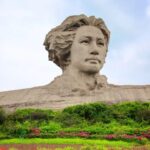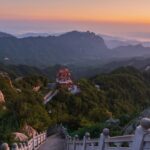A few years ago, when it came to the idea of traveling to Shijiazhuang, many people might have found it hard to keep a straight face, especially those from Hebei province. They might have asked a soul-searching question:
What is there to see in Shijiazhuang?
After several years of promoting “So close, so beautiful, weekend trips to Hebei,” as a Shijiazhuang local, many group members have also asked me:
“Is Shijiazhuang worth a weekend trip?”
I couldn’t help but fall into deep thought. When it comes to tourism, Shijiazhuang is very extreme.

Let’s not talk about the attractions just yet. If you say that Hangzhou or Beijing is a food desert, then Shijiazhuang, known nationwide for its “authentic Anhui beef noodles,” doesn’t even deserve to be on the list.
In my more than a decade of impressions of local cuisine in Shijiazhuang, the idea of having high-quality restaurants or must-eat delicacies when dining out can only be described as making do.
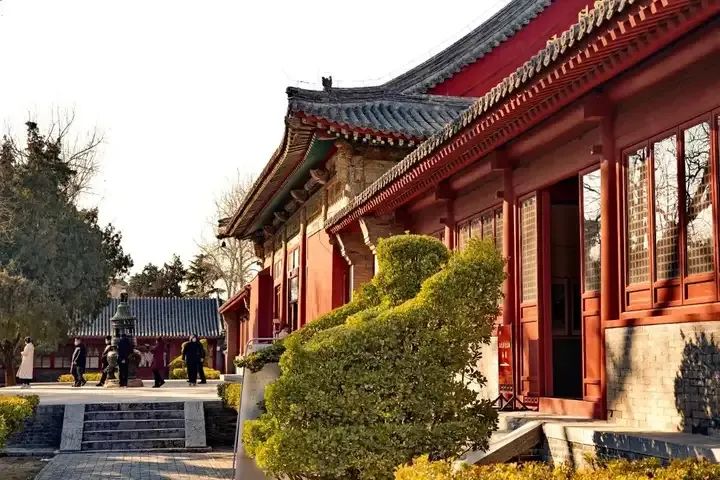
But let’s get back to the attractions and landmarks. The thousand-year-old Zhaozhou Bridge, which appears in textbooks, is something everyone has heard of, right?
The hometown of Zhao Zilong from Changshan, Zhengding, and the Zhengding Ancient City, which has become popular in recent years, are also in Shijiazhuang.
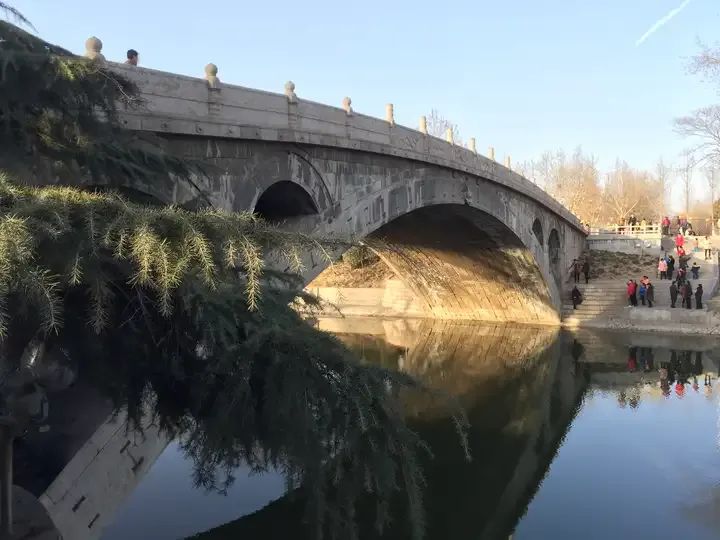
That demolished Sphinx doesn’t count; the original is in Egypt.
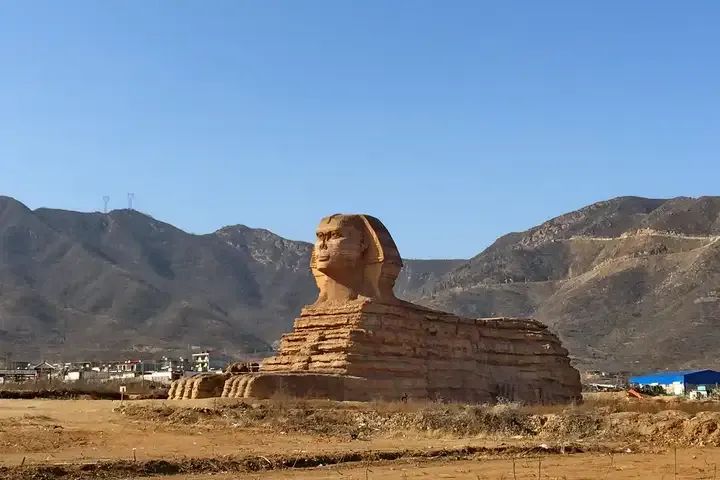
The whole of Hebei tourism follows the same logic.
I’ve written before that in terms of natural scenery, from plateaus to deserts, from grasslands to coastal areas, Hebei weaves together a condensed version of “National Geographic.” In terms of cultural history, Longxing Temple in Zhengding, the Governor’s Office of Zhili, the Summer Resort in Chengde, and the Great Wall, along with ancient cities, counties, and villages one after another, string together a soul-stirring history.
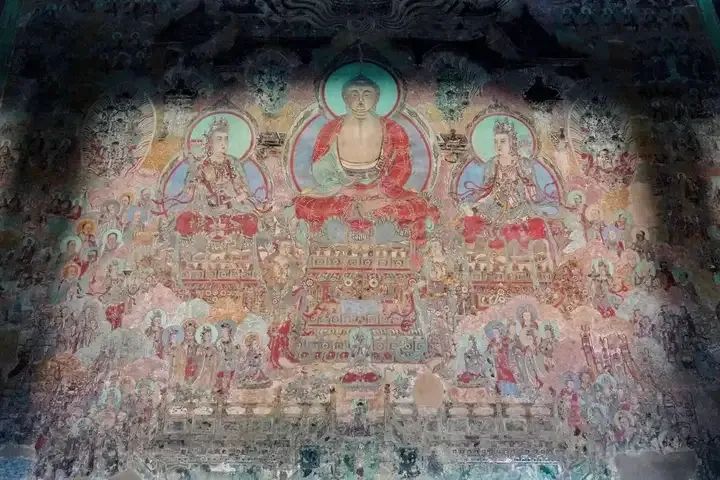
However, over the years, have you heard of people going to Hainan, Xinjiang, or Yunnan for tourism? Has anyone said they’re going to Hebei specifically for tourism?
But did you know that according to data from the Hebei Provincial Bureau of Cultural Relics, Hebei Province has a total of 291 national key cultural relic protection units, second only to Shanxi and Henan, ranking third in the country?
So today, let’s start with Shijiazhuang and talk about Hebei tourism.
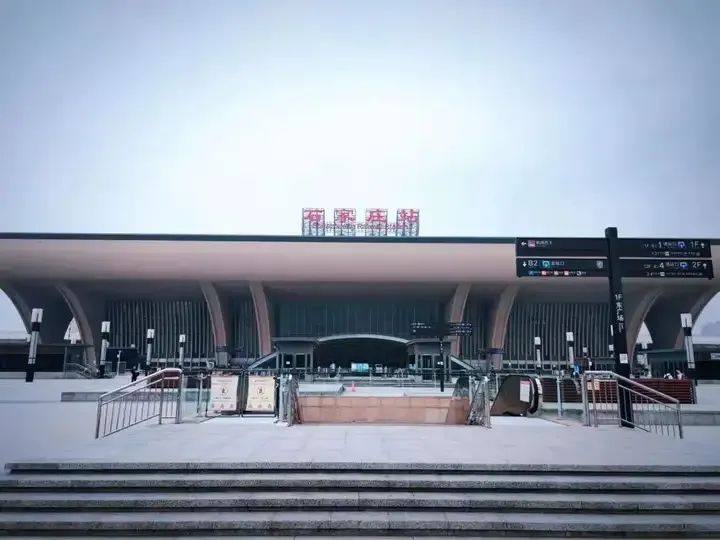
Departing from Beijing, it’s very convenient to travel to Shijiazhuang. With over 100 high-speed and regular trains every day, you can easily take a spontaneous midweek or weekend trip.
Hebei Museum
Generally speaking, there are two must-visit places in Shijiazhuang: the Hebei Museum and the Zhengding Ancient City. These two places allow the young city of Shijiazhuang to carry thousands of years of history.

The Hebei Museum is located in the city center of Shijiazhuang and is directly accessible by Metro Line 1.
This national first-class museum houses many national treasures. The original Changxin Palace Lantern and the Gold-Threaded Jade Suit from history textbooks are exhibited here. In addition, rare exhibits in China, such as the Northern Dynasties murals and Quyang stone carvings, are also well worth seeing.
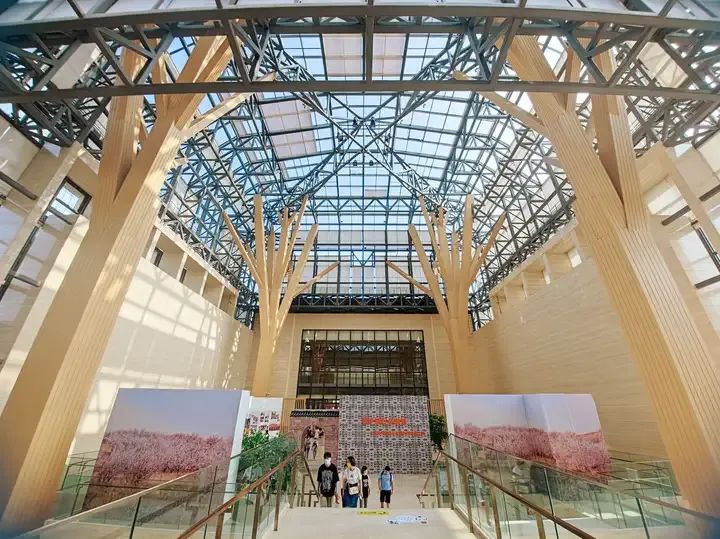
The museum is currently divided into two areas: the south area is the main exhibition area, and the north area is the special exhibition area. There are two volunteer guided tour sessions every day, which interested friends can attend at specific times.

Apart from the Changxin Palace Lantern, the other nine treasures of the museum are also very impressive. If time is limited, be sure to carefully view the exhibits in the ancient Zhongshan State and Mancheng Han Tomb. Remember to make a reservation in advance.
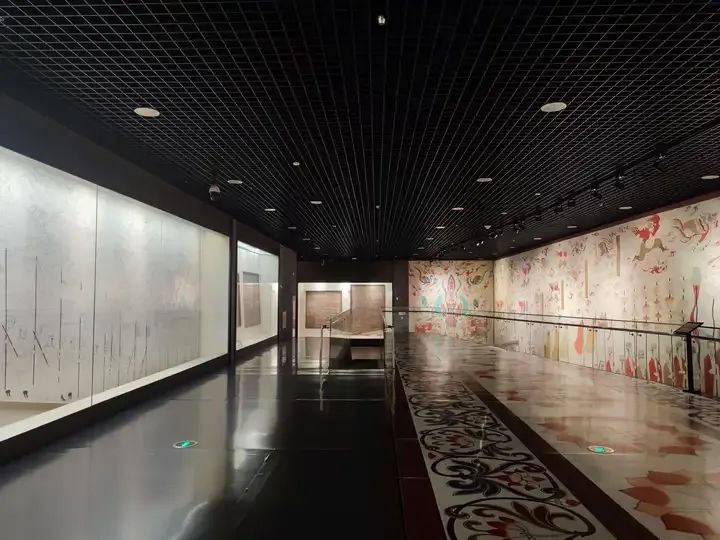
By the way, it’s nice to feed the pigeons in front of the museum, especially if you’re with kids.
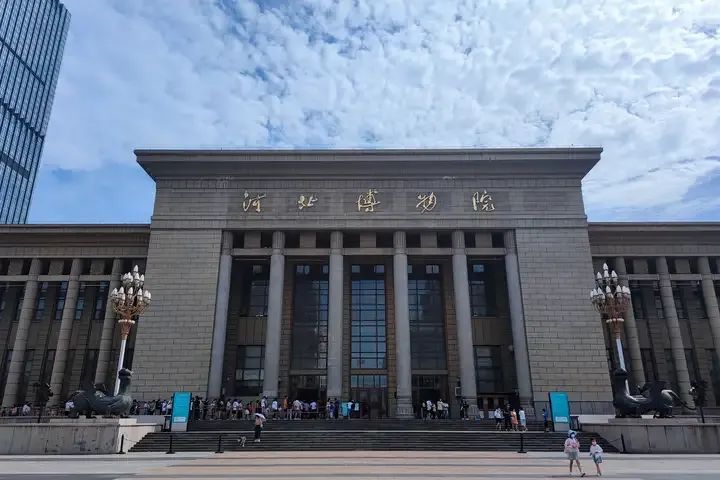
Next, if you don’t have enough time to visit attractions like the Zhaozhou Bridge or Xibaipo, then you might as well spend all your time in Zhengding.
Zhengding Ancient City and Longxing Temple
For those who love ancient architecture, Zhengding Ancient City is definitely a pleasant surprise.
Located 15 kilometers north of Shijiazhuang City, this ancient city was historically known as one of the “Three Great Towns of the North,” along with Baoding and Beijing. It is also the hometown of the famous Three Kingdoms general, Zhao Zilong.
In the 1930s and 1940s, Liang Sicheng visited Zhengding several times to study ancient Chinese architecture.
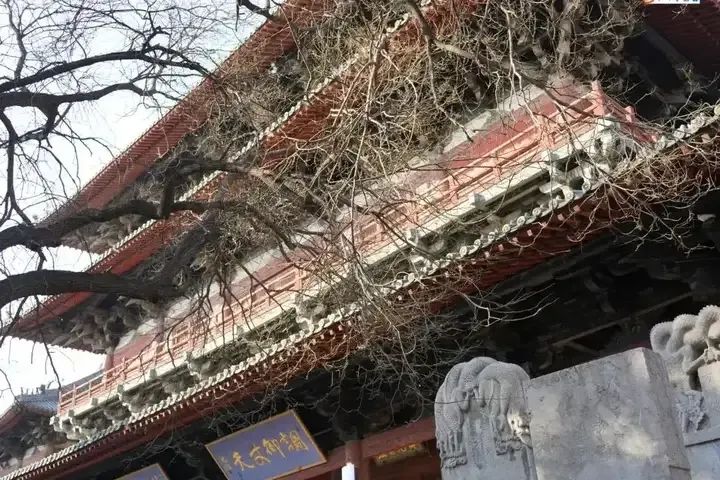
When visiting Zhengding, Longxing Temple is a must-see attraction.
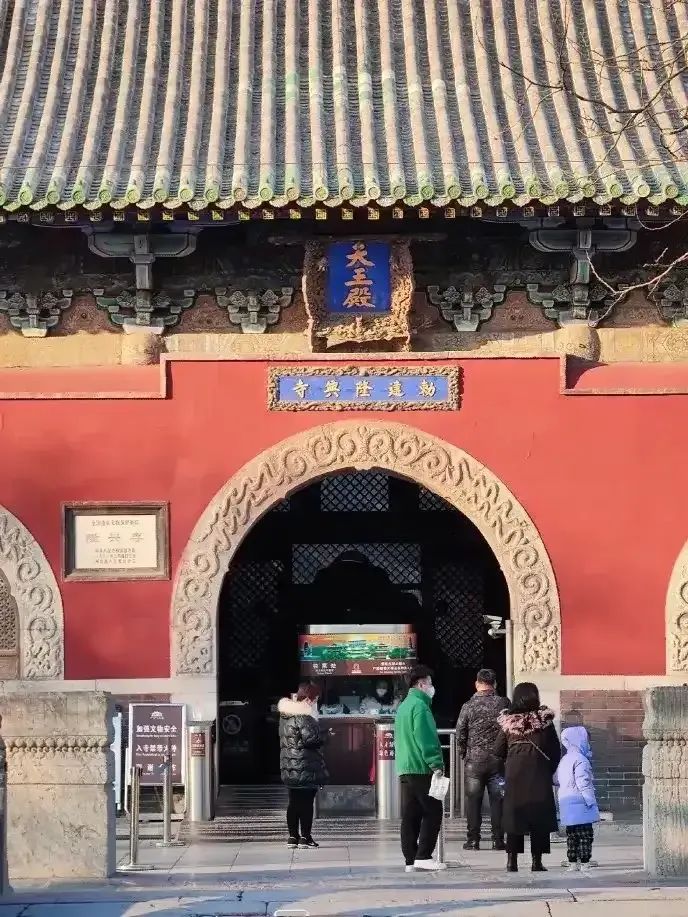
Longxing Temple, praised as the “First Famous Temple in the Country,” is only a national 4A-level tourist attraction. However, the temple houses a large number of precious steles, sculptures, murals, and many other cultural relics that have a history of over a thousand years, making it truly unique!
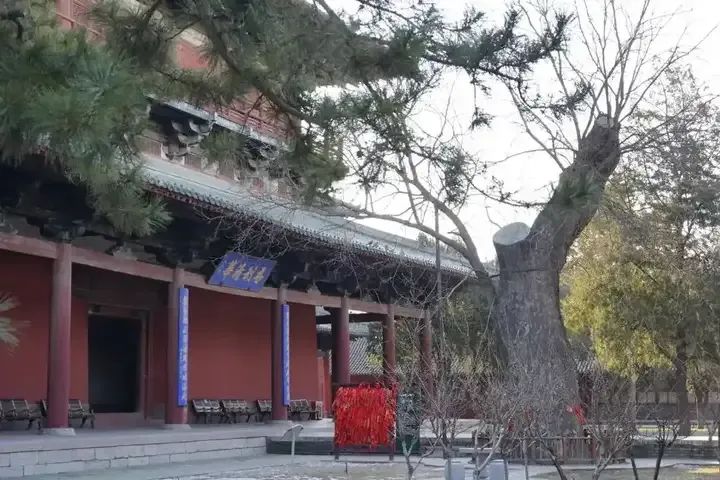
Longxing Temple does not have a mountain gate. The Heavenly Kings Hall serves as both the mountain gate and the first main hall. Interestingly, there has been a saying that goes, “The temple is large, and the mountain gate is far; the mountain gate is in Henan.”
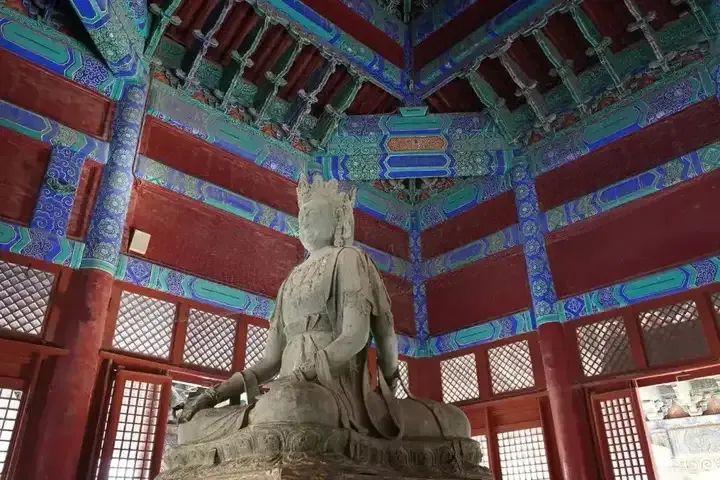
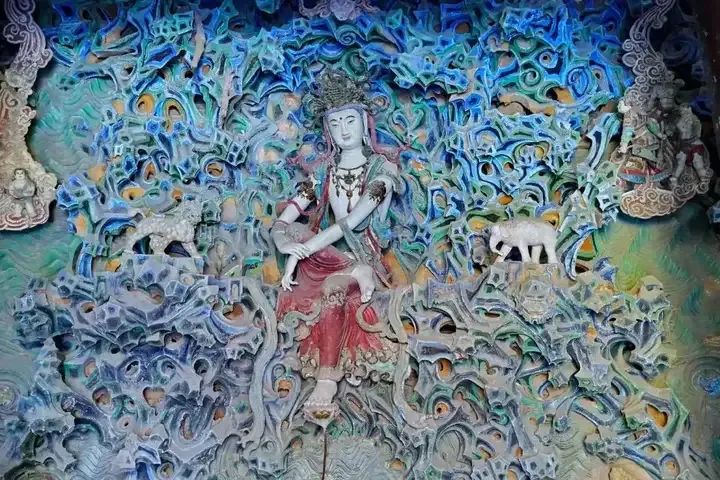
The image above shows the colorful suspended sculpture of Avalokiteśvara, which was referred to as the “Oriental Venus” by Mr. Lu Xun.
Unlike the Avalokiteśvara we typically imagine, this one sits with one leg crossed, looking quite relaxed. It is placed on the back wall of the hall, and people must go around to the back of the hall to view it, hence it is also called the “Backward-Sitting Avalokiteśvara.”
This sculpture was originally created during the Song Dynasty and was recreated during the Ming Dynasty. The eyes of Avalokiteśvara are made of colored glaze, allowing worshippers to make eye contact with the statue from any angle and feel the blessings of the Buddha.

The tallest and oldest bronze cast statue of the Thousand-Armed Avalokiteśvara in ancient China is also housed in the temple. Cast in 971 AD during the Northern Song Dynasty, the 21.3-meter-tall Avalokiteśvara statue is the largest and oldest bronze Buddha statue from ancient times, which is why Longxing Temple was originally called the Great Buddha Temple.
The image below shows the largest and oldest surviving revolving sutra library from the Song Dynasty. It is designed to be rotatable, and the entire hall was built to accommodate it.
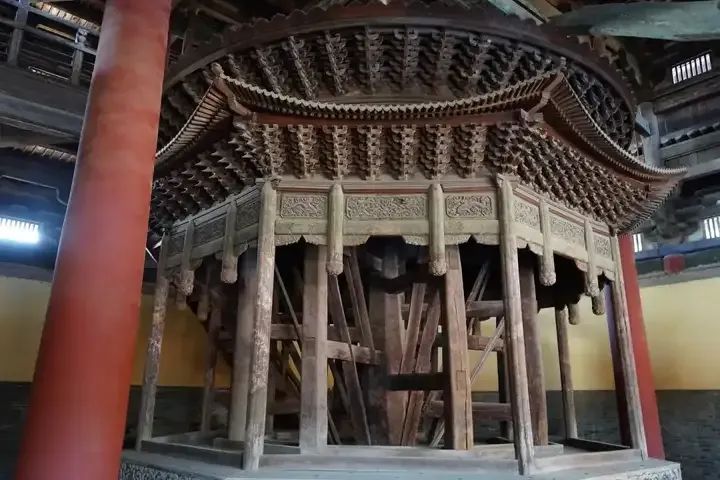
In the past, the revolving sutra library had sutra shelves for storing Buddhist scriptures and a Buddha statue in the center. The pillars were carved with coiled dragons. Rotating it once was equivalent to reciting the scriptures once. However, today’s revolving sutra library is only an empty frame, which is a bit unfortunate.
Built in 1052 during the Northern Song Dynasty, the Mani Hall is now considered a “unique example in the country.” What makes it special is its cross-shaped floor plan, which differs from traditional square halls. Each side extends into a slightly narrower rectangular room, called a “baoxia.”

The walls of the Mani Hall feature murals from the Ming Dynasty, which are also worth seeing. When entering the hall from the bright outdoors, the murals on the walls are difficult to see clearly and can be easily overlooked. It takes a moment for the eyes to adjust to the dim light environment to appreciate them.
Four Temples and Four Pagodas
In addition to Longxing Temple, the four pagodas of Zhengding are also not to be missed.
The Lingxiao Pagoda of Tianning Temple is a brick-wood hybrid structure with an octagonal nine-story pavilion-style pagoda, standing 40.98 meters tall. Despite undergoing repairs, it still retains the architectural styles of the Song and Jin dynasties.
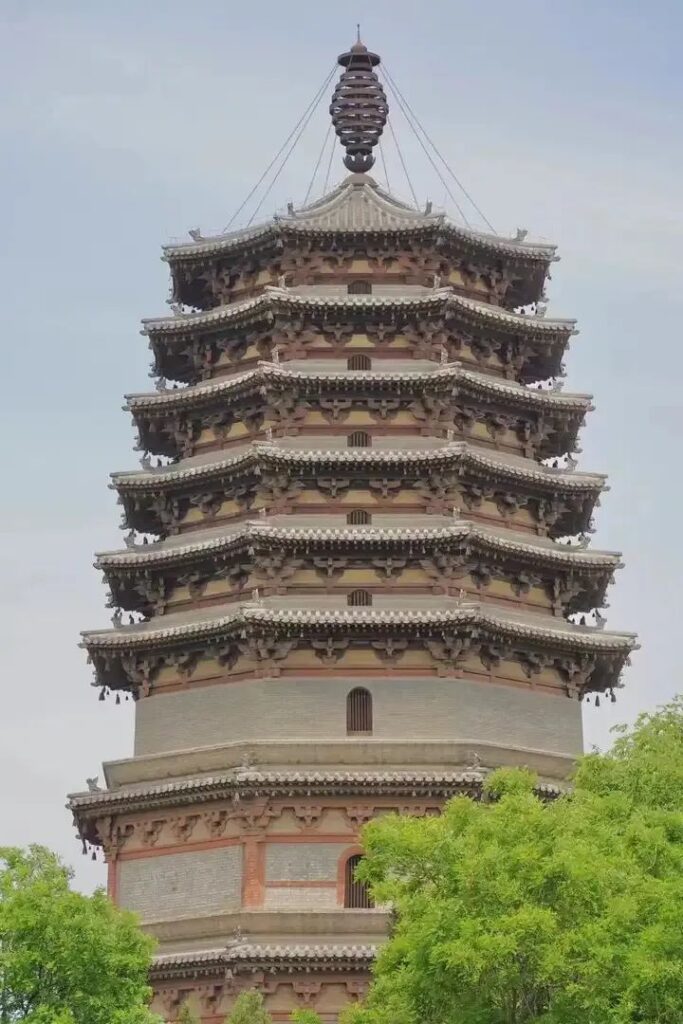
Structurally, this pagoda preserves the central pillar form, which is extremely beneficial for stabilizing the pagoda body. It is the only example for studying the central pillar structure of early ancient pagodas in China. The story of the Song Dynasty monk Huaibing skillfully repairing the central pillar of the Lingxiao Pagoda, known as “removing the beams and replacing the pillars,” has also been recorded in history.
The Sumeru Pagoda of Kaiyuan Temple, also known as the Wild Goose Pagoda, has a simple, ancient, and solemn appearance.
The pagoda was first built in the tenth year of the Zhenguan period of the Tang Dynasty (636 AD). It is a nine-story dense-eaved square pagoda with a brick-stone structure, standing 42.50 meters high, gradually tapering from bottom to top.
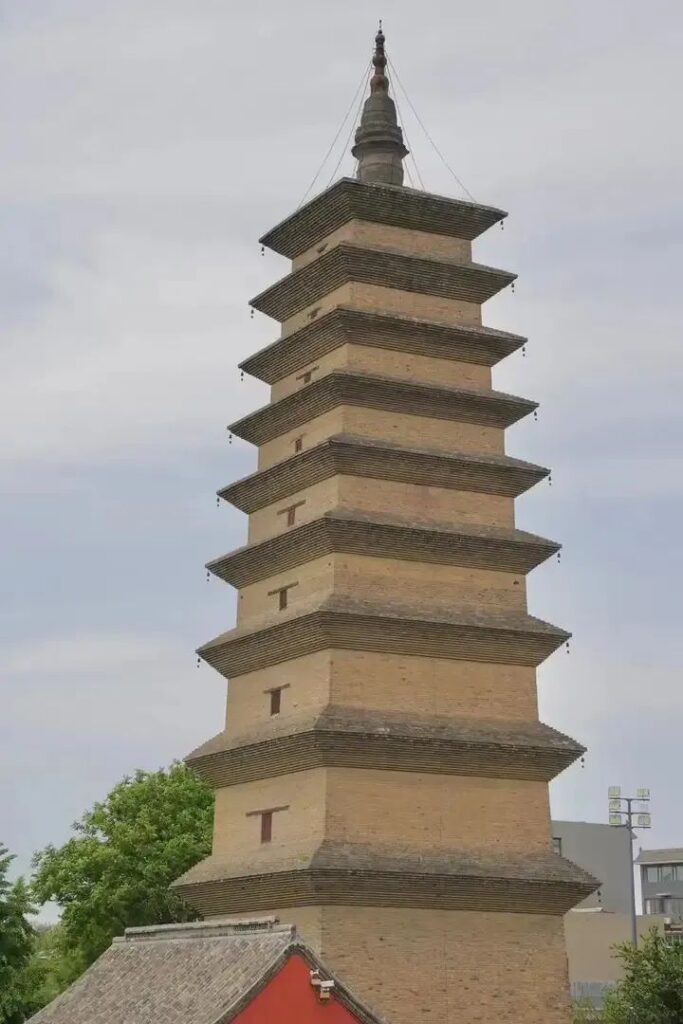
The four corners of the base layer are adorned with vivid reliefs of eight mighty warriors. Above the front door lintel is a stone plaque inscribed with “Sumeru Towering” by Liang Weishu, a native of the county, in the first year of the Kangxi Emperor’s reign in the Qing Dynasty. Despite undergoing major repairs during the Kangxi period, it still retains the distinct style of a Tang pagoda.
The Chengling Pagoda of Linji Temple is commonly known as the Green Pagoda due to its grayish-green bricks.
This octagonal nine-story dense-eaved solid brick pagoda, standing 30.47 meters tall, is situated on a wide octagonal base with a Sumeru pedestal underneath. Above, imitation wooden brick-carved dougong brackets support the flat handrails, and three layers of upward-facing lotus petals made of bricks support the pagoda body.
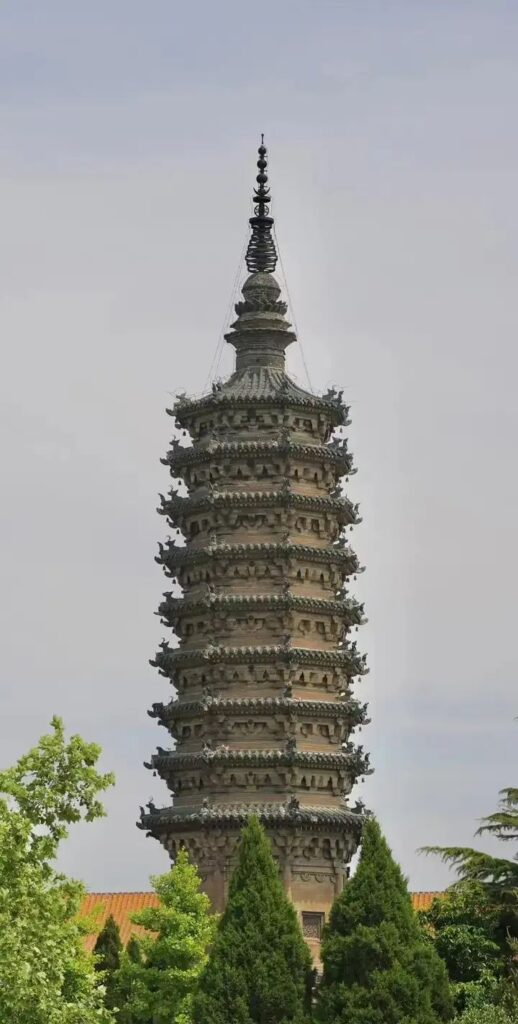
The four main faces of the pagoda have arched false doors. Above the southern false door is a horizontally embedded stone plaque with the iron inscription “Tang Linji Huizhao Chengling Pagoda.”
The Hua Pagoda of Guanghui Temple was first built during the Zhenyuan period of the Tang Dynasty. The pagoda is 33.35 meters high with four stories. This pagoda was also referred to as a “unique example in the country” by the master of ancient Chinese architecture, Liang Sicheng.

At the four corners of the first floor, there are four small pagodas, each in the shape of a hexagonal pavilion-style single-story chamber. The fourth floor is the essence of the pagoda, with a conical body covered in wall sculptures. The entire pagoda features intertwined reliefs of mighty warriors, sea beasts, lions, elephants, Buddhas, and Bodhisattvas along the eight sides of the octagon, creating vivid and orderly images that resemble a colorful miniature sculpture art palace.
Final Thoughts
Well, that’s it for today’s introduction to Shijiazhuang, which serves as a prelude to a Hebei travel guide.
I won’t go into detail about accommodation, as Hebei Province, being an important province surrounding Beijing, has seen rapid development in its tourism industry in recent years. In addition to the strong foundation of its own scenic spots, the booming hotel industry in Hebei Province in recent years has also greatly enhanced the travel experience in the province.
International brands such as InterContinental, Marriott, and Hilton have opened many new hotels in Hebei Province.
If the self-driving tour around the grand Beijing loop in summer and autumn allows you to take in the magnificent scenery, then taking a high-speed train from Beijing on a whim, just for a weekend, can maximize your experience of the essence of cultural and scenic travel within Hebei Province.
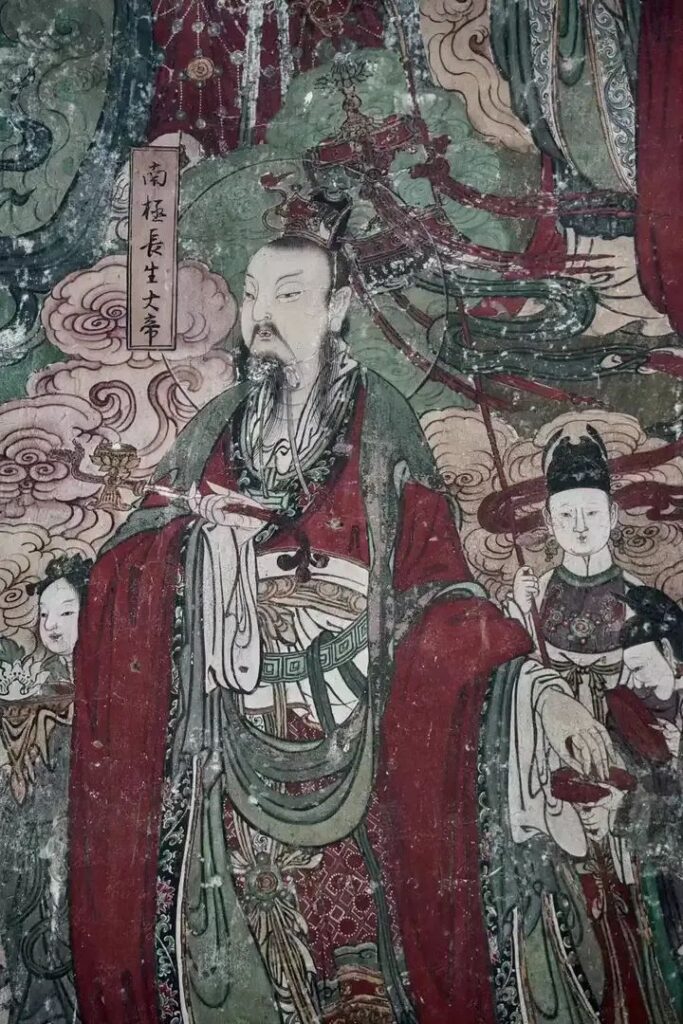
For those who prefer not to drive or who enjoy spending time in cultural and scenic spots, this way of traveling can save a lot of energy.
After all, traveling in Hebei will always bring you surprises.
